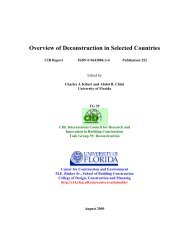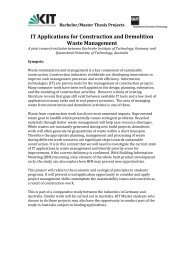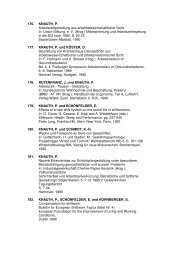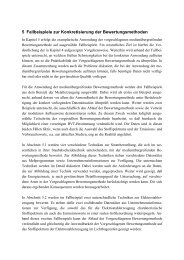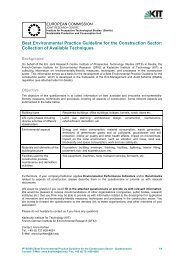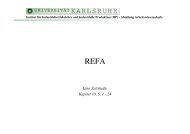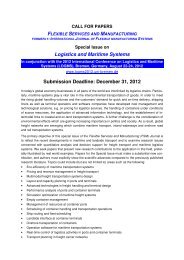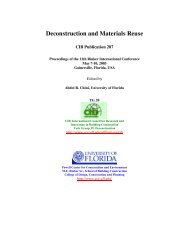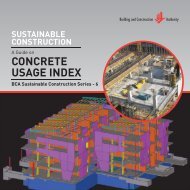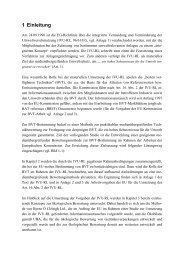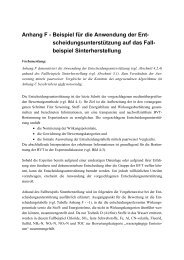Waste reduction final report -4 - Test Input
Waste reduction final report -4 - Test Input
Waste reduction final report -4 - Test Input
You also want an ePaper? Increase the reach of your titles
YUMPU automatically turns print PDFs into web optimized ePapers that Google loves.
Canada (with a focus on Ontario)<br />
Contributed by:<br />
Dr Mark Gorgolewski<br />
Professor, Department of Architectural Science<br />
Ryerson University, Toronto<br />
1. Introduction<br />
Environment Canada estimates that Canada’s Construction, Renovation and Demolition<br />
(CRD) sector generates 11 million tonnes of solid waste each year (this is believed to include<br />
road and bridge building waste which constitutes a significant part of this waste). Most of this<br />
“waste” is managed as garbage and is landfilled. Estimates indicate that CRD wastes<br />
contribute approximately 20-25% of landfill by volume. Detailed information on the<br />
composition of this waste stream is patchy with a few local surveys. Some <strong>report</strong>s have<br />
assumed US percentages for waste composition. In the absence of clear and consistent<br />
characterization of CRD waste, or regulations, the tracking and <strong>report</strong>ing of CRD waste<br />
activities is not clearly assigned. Thus, generation and diversion data collection between<br />
jurisdictions and sectors are often estimates.<br />
Recent interest at the federal level in Canada has focussed on the impact of waste and<br />
landfilling on Greenhouse Gas (GHG) emissions. Under the Action Plan 2000 on Climate<br />
Change studies were commissioned to assess the impact of waste <strong>reduction</strong> strategies on<br />
greenhouse gas emissions, including CRD waste (see Section 6).<br />
1.1. Federal/Provincial/Municipal jurisdictions<br />
The Canadian Environmental Protection Act (EPA), places only the transport of hazardous<br />
waste between provincial and international borders as a federal responsibility. Typically CRD<br />
wastes are not characterized as hazardous and are not generally subject to any federal<br />
regulations. At present, the Government of Canada lists a number of statutes that compel<br />
federal government departments to utilize sustainable best practices regarding source<br />
separation and diversion of CRD wastes. However, the responsibility to manage and track<br />
CRD wastes is dealt with at the provincial and territorial level.<br />
Provincial and territorial regulations specific to managing CRD wastes vary considerably and<br />
are also not consistently enforced. Recording and verifying the generation, disposal and<br />
diversion of CRD <strong>Waste</strong> is inconsistent due to variations in requirements of each province,<br />
seasonality, climate, and urban renewal activity. The data that is collected is often difficult to<br />
compare in the absence of an established or common definition.CRD waste generation rates<br />
are also affected by inconsistent measurement practices. In some cases, waste is recorded<br />
before materials are diverted for reuse and recycling, while in others, only material which is<br />
disposed of in landfills is measured. Furthermore, CRD waste recovery definitions also vary:<br />
reuse and recycling are generally considered, but in some cases waste-to-energy as well as<br />
inert/clean fill disposal are counted as recovery. To facilitate consistent and accurate tracking<br />
and measurement of CRD wastes, a consistent and detailed definition needs to be adopted.<br />
In addition to provincial regulations, municipalities often implement regulations to manage or<br />
control CRD waste management practices at the local level including by-laws that ban the<br />
landfilling of specific CRD material (e.g. drywall).<br />
9



